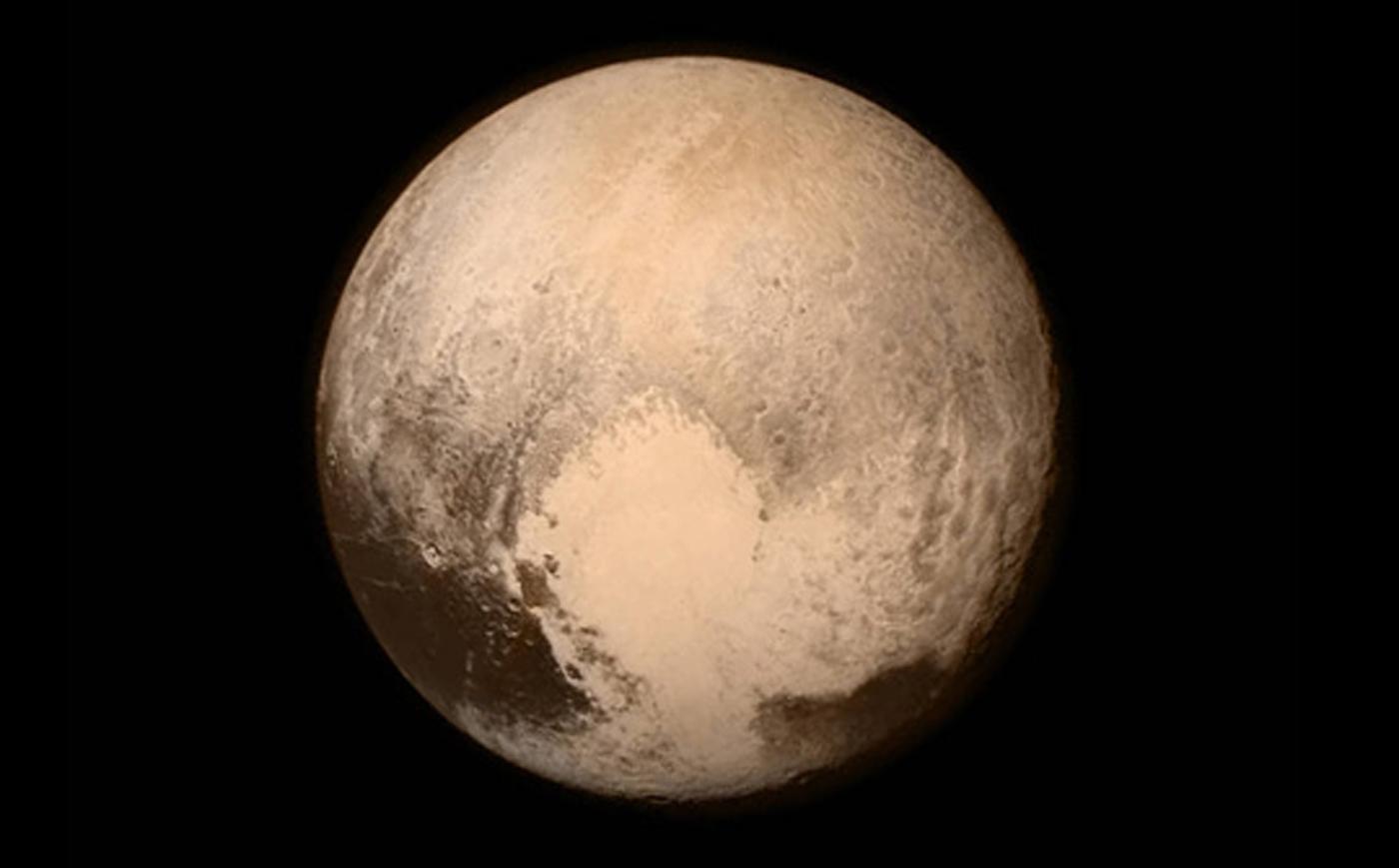
It takes a village to pull off a decade-long mission to the outer pickets of the Solar System.

The SETI Institute is deeply involved with the New Horizons mission to Pluto, and several of our scientists are awaiting results that could truly revolutionize understanding of the Solar System’s early history.
We’ve listed these people below, together with brief descriptions of their interests. As you can imagine, they are eagerly awaiting the data that are already streaming back from the spacecraft. The flyby of Pluto will forever transform this storied world from an enigmatic dot of light to one that we will know far better than the ancients knew the Earth.
New Horizons is about to shift the study of Pluto from astronomy to geology. Meet some of the scientists who are making this happen.

Mark Showalter is a Senior Research Scientist at the SETI Institute, and a member of the New Horizons Science Team. His particular focus is making sure that the spacecraft sails past Pluto without suffering damage due to dust or small particles. Keep in mind that most of the information collected by this craft will only be radioed back after the flyby, so a smooth passage is absolutely essential.
This is not the first time Mark has uncovered new information about the outer Solar System. In addition to finding two of Pluto’s five known moons, Styx and Kerberos, he discovered two moons of Uranus and one of Saturn.

David is a Co-Investigator on the New Horizons mission, and a member of the Atmospheres Science Theme Team. By using an on-board transmitter, Hinson will be exploring the atmospheres of both Pluto and Charon by means of radio occultation measurements.

Ross is a member of the New Horizons Geology and Geophysical Imaging sub-team, and participates in image processing and geological interpretations. As data continue to stream back from the spacecraft over the next year, he will be building the first 3-D terrain models of Pluto’s surface. Ross will also be making sure the images are correctly mosaicked together, and will be one of the Pluto system’s first cartographers.

Cristina studies organic compounds often found on the surfaces of planets, and in particular the types of compounds known as tholins – blackish materials that form when ultraviolet light from the Sun hits water, ice, methane, and nitrogen. This dark, low-temperature material may cover some of the worlds in the Pluto system, and understanding how it was formed and where it is found could offer us important clues to life’s origin.

Angela Zalucha
Planetary scientist Angela Zalucha makes analytic models of planet atmospheres. The New Horizons results will guide her work by accurately determining Pluto’s diameter, the temperature near the surface, and the distribution and composition of ices on its landscapes. This information will help solve mysteries about Pluto’s atmospheric circulation (i.e., its weather and climate) including such things as wind strength and direction.





